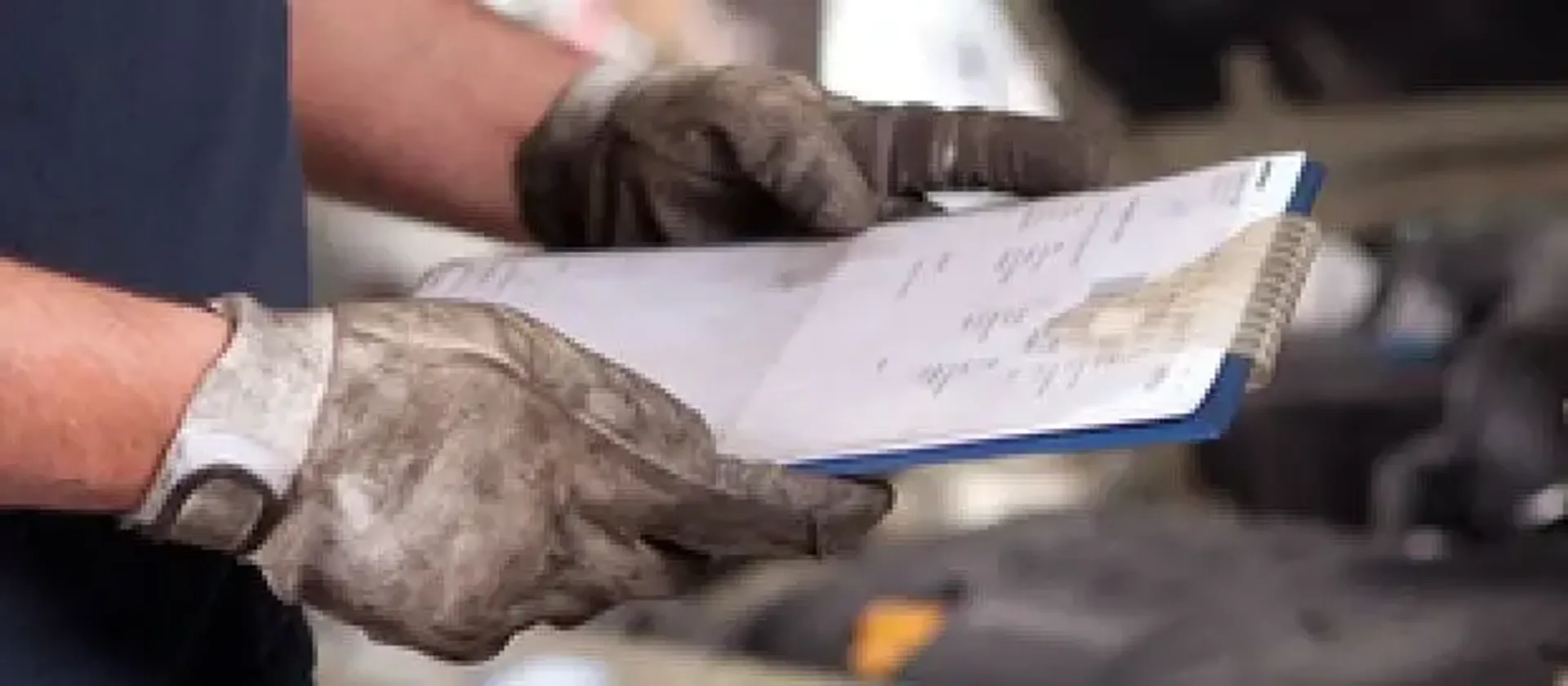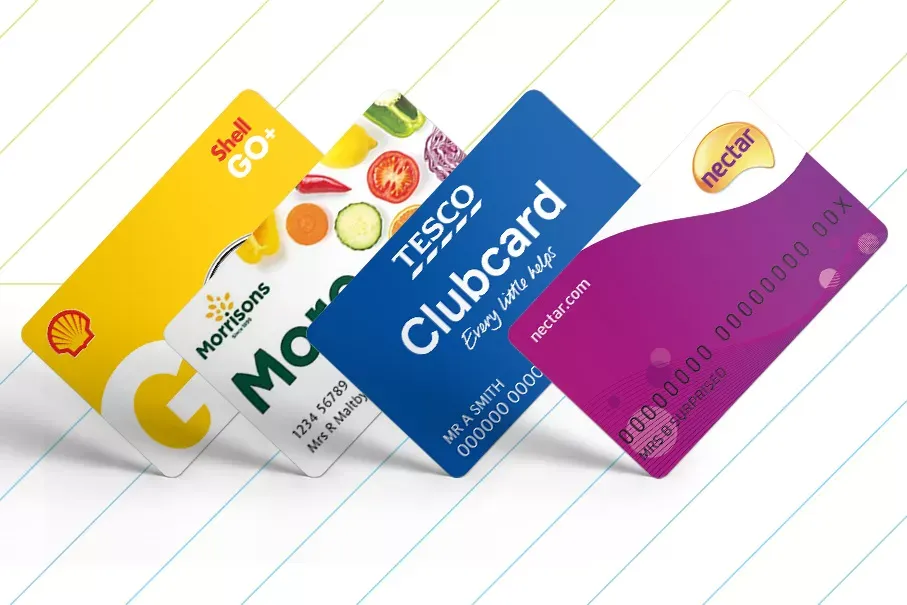
05/08/2015
Service, maintenance and repair (SMR) can be the hardest part of your fleet’s budget to control. SMR is subject to more variables than most, many of them external and subjectively valued. For example, if your lease hire agreement includes a clause for added wear and tear costs, what constitutes that wear and tear?
Add unreliable road conditions, accidents and the fluctuating price of parts and labour to the mix, and you’ve got a recipe for budgeting headaches. So what is the best way to make your SMR money go as far as it can?
Managed maintenance
Managed SMR certainly worked for Archant, which was reported in Fleet News to have dropped its maintenance costs by between 15% and 20% since switching from contract management. As Archant pays a management fee to its pay as you go maintenance provider, its savings are down to the actual cost of SMR being lower than the cost projected by a lease contract company.
Archant’s head of procurement and sustainability, Greg Parton, explained that the approach worked because the company has ‘a very large number of the same vehicles on the road’. In other words, it has a low-risk way of predicting SMR costs, and can use that to maintain control of its annual maintenance.
In the managed solution, a broker attains a price for self-run maintenance with the same providers that work for fleet leasing companies. In effect, the third party introduces your business to the company that would be maintaining your vehicles in a lease situation, but you avoid paying the premiums charged by a lease hire outfit.
Contract hire
Contract hire often offers maintenance packages as an add-on. In some cases, your lease company buys its maintenance packages from the SMR provider (the workshop, usually a manufacturer’s own garage) for a set fee. In others, it creates its own package structure based on average SMR costs for a particular make, model and age of vehicle.
If your lease hire contractor buys SMR packages on the set fee model, it should theoretically be passing those savings straight to you. BMW, for instance, sells a set maintenance package to the majority of leasing contract companies that use its cars. It estimates SMR savings of 50% are made, on average, by a lease hire company that buys maintenance in this way.
However even pre-packaged SMR comes with its drawbacks. Maintenance that falls outside of the standard package incurs an extra cost, and cannot be avoided.
It’s worth finding out what your lease hire maintenance fee does and does not include: and it is also worth investigating how your SMR package is structured. Is it created by the lease company, or is it sold to that company by the manufacturer?
Pay as you go
True pay as you go SMR requires your business to manage its maintenance requirements in-house. This requires either that you have a garage on site, or that you are able to negotiate packages directly with the manufacturer of your vehicles.
If you purchase your own vehicles, a pay as you go arrangement with a manufacturer is easy to arrange: it is the management and budgeting of it that becomes difficult. With no package fee in place for basic, predictable SMR, you have no forecastable maintenance budget at all.
Splitting the cost between manufacturer provided maintenance packages and pay as you go extras gives your business some control, and may enable you to use the money you save on basic maintenance to pay for extra SMR as it is required.
How do you run your SMR? Share your thoughts with our community on LinkedIn and Twitter.


